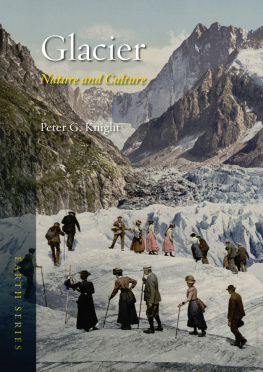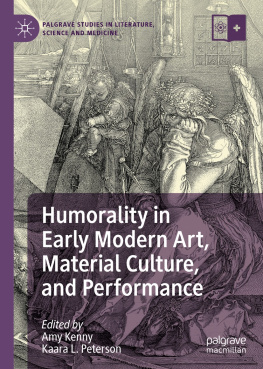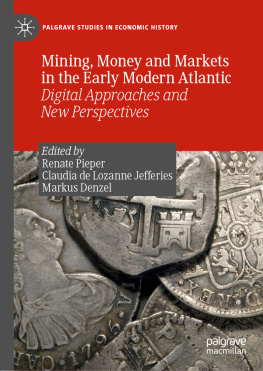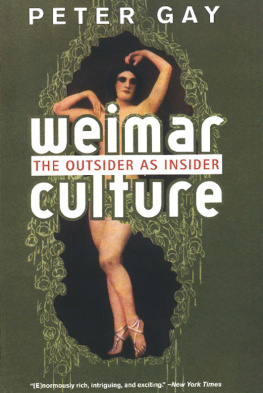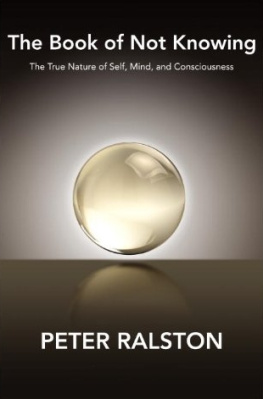Peter C. Mancall - Nature and Culture in the Early Modern Atlantic
Here you can read online Peter C. Mancall - Nature and Culture in the Early Modern Atlantic full text of the book (entire story) in english for free. Download pdf and epub, get meaning, cover and reviews about this ebook. year: 2017, publisher: University of Pennsylvania Press, genre: Art. Description of the work, (preface) as well as reviews are available. Best literature library LitArk.com created for fans of good reading and offers a wide selection of genres:
Romance novel
Science fiction
Adventure
Detective
Science
History
Home and family
Prose
Art
Politics
Computer
Non-fiction
Religion
Business
Children
Humor
Choose a favorite category and find really read worthwhile books. Enjoy immersion in the world of imagination, feel the emotions of the characters or learn something new for yourself, make an fascinating discovery.

- Book:Nature and Culture in the Early Modern Atlantic
- Author:
- Publisher:University of Pennsylvania Press
- Genre:
- Year:2017
- Rating:4 / 5
- Favourites:Add to favourites
- Your mark:
- 80
- 1
- 2
- 3
- 4
- 5
Nature and Culture in the Early Modern Atlantic: summary, description and annotation
We offer to read an annotation, description, summary or preface (depends on what the author of the book "Nature and Culture in the Early Modern Atlantic" wrote himself). If you haven't found the necessary information about the book — write in the comments, we will try to find it.
Nature and Culture in the Early Modern Atlantic — read online for free the complete book (whole text) full work
Below is the text of the book, divided by pages. System saving the place of the last page read, allows you to conveniently read the book "Nature and Culture in the Early Modern Atlantic" online for free, without having to search again every time where you left off. Put a bookmark, and you can go to the page where you finished reading at any time.
Font size:
Interval:
Bookmark:

Nature and Culture
in the
Early Modern
Atlantic
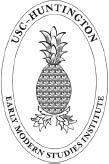
THE EARLY MODERN AMERICAS
Peter C. Mancall, Series Editor
Volumes in the series explore neglected aspects of early
modern history in the western hemisphere. Interdisciplinary
in character, and with a special emphasis on the Atlantic World
from 1450 to 1850, the series is published in partnership with
the USC-Huntington Early Modern Studies Institute.

PETER C. MANCALL

Publication of this volume was aided by generous grants from the Andrew W. Mellon Foundation and from Furthermore: a program of the J. M. Kaplan Fund.
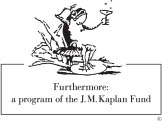
Copyright 2018 University of Pennsylvania Press
All rights reserved. Except for brief quotations used for purposes of review or scholarly citation, none of this book may be reproduced in any form by any means without written permission from the publisher.
Published by
University of Pennsylvania Press
Philadelphia, Pennsylvania 19104-4112
www.upenn.edu/pennpress
Printed in the United States of America on acid-free paper
1 3 5 7 9 10 8 6 4 2
Library of Congress Cataloging-in-Publication Data
Names: Mancall, Peter C., author.
Title: Nature and culture in the early modern Atlantic / Peter C. Mancall.
Other titles: Early modern Americas.
Description: 1st edition. | Philadelphia : University of Pennsylvania Press, [2018] | Series: The early modern Americas | Includes bibliographical references and index.
Identifiers: LCCN 2017026864 | ISBN 9780812249668 (hardcover : alk. paper)
Subjects: LCSH: Atlantic Ocean RegionHistory16th century. | Nature and civilizationAtlantic Ocean RegionHistory16th century. | Philosophy of natureEuropeHistory16th century. | Philosophy of natureNorth AmericaHistory16th century. | Indian philosophyNorth America. | AmericaDiscovery and exploration.
Classification: LCC D210 .M29 2018 | DDC 304.209182/109031dc23
LC record available at https://lccn.loc.gov/2017026864

In memory of
Elliott
(19272013)
and Jackie
(19322013)


This book is about humans and nature in the sixteenth-century Atlantic basin. At its heart lies a selection of images, namely, a set of painted panels from a fourteenth-century cloister in a cathedral in the south of France, an illustrated manuscript atlas assembled at Dieppe on the Normandy coast in 1547, a manuscript of uncertain provenance from the late sixteenth-century Caribbean and coastal America, and English and northern European depictions of coastal Carolina in 1585 and 1590. Such visual evidence, among the abundant illustrative material in printed books and hand-painted codices, reveals early modern ecological thinking among Europeans and the indigenous residents of the Western Hemisphere. In the sixteenth century, as now, everyone thought about nature. Europeans and indigenous Americans alike devised ways to understand and take advantage of what the English natural historian Edward Topsell called in the early seventeenth century the troublesome and vast Ocean of Natures admirable fabricature. But views of nature did not remain static. Instead, ecological sensibilities shifted over the course of the century when the peoples around the basin incorporated new information into their understanding of natureevidence produced from the increasing number of journeys back and forth across the ocean. Put another way, new knowledge of nature produced a shift in the nature of knowledgein this case, how individuals understood changing environments.
The three main chapters in this short book began as the Mellon Distinguished Lectures in the Humanities at the University of Pennsylvania. I have since added a postscript and a note on sources. My goal in this extended essay is twofold. First, I explicate European and indigenous American interpretations of nature and trace the ways that the natural world and human communities evolved as a result of contact between the so-called Old and New Worlds. I begin with a chapter on early modern Americans and Europeans capacious sense of the extent of nature around 1500, which included invisible forces and monstrous creatures. In the second chapter, I trace changes in the natural world of the basin as a result of transoceanic encounters. In the third chapter, I focus on the outer banks of modern North Carolina, a place so well documented that it has become a synecdoche to represent all of early North America in many historians works. In the postscript, I describe and analyze two sixteenth-century texts about insects, one produced in Mexico and the other in Europe. I use the Note on Sources at the end to set the images and texts that are central to the main chapters into the context of writing about the environment in the early modern world.
Part of my inquiry is epistemological: how did people know what they knew about the natural world before 1600? To explore those sensibilities, I pay close attention to the range of available evidence, much of which is not found in traditional written sources. This leads to my second goal in these essays. To understand the environmental history of the sixteenth-century Atlantic basin, scholars must consider the wide range of potentially relevant evidence. So while I draw on traditional sources, such as early modern European printed books produced by travelers and natural historians, I am equally concerned with the kinds of evidence that have come to us through oral history and visual images. These bodies of knowledge have played too scant a role in scholars exploration of the initial encounter between peoples in the basin and, more important, the impact of myriad subsequent encounters. Historians analyzing images and texts have done brilliant work in limning the relationship between peoples but an insufficient job so far of putting these human meetings into the physical context of a rapidly changing natural world. Further, I integrate insights from folklore and oral history to demonstrate the utility of sources used by scholars in some contexts (for example, historical writings informed by anthropological analysis) but, to date, less frequently in works of environmental and early modern Atlantic history. The natural world existed apart from humans understanding of it, but every effort to explain its workings drew on culture in the broadest sense. Following from that notion, I draw on texts, images, folklore, and oral history since all can be mined to understand the relationship between nature and culture.
Next pageFont size:
Interval:
Bookmark:
Similar books «Nature and Culture in the Early Modern Atlantic»
Look at similar books to Nature and Culture in the Early Modern Atlantic. We have selected literature similar in name and meaning in the hope of providing readers with more options to find new, interesting, not yet read works.
Discussion, reviews of the book Nature and Culture in the Early Modern Atlantic and just readers' own opinions. Leave your comments, write what you think about the work, its meaning or the main characters. Specify what exactly you liked and what you didn't like, and why you think so.


